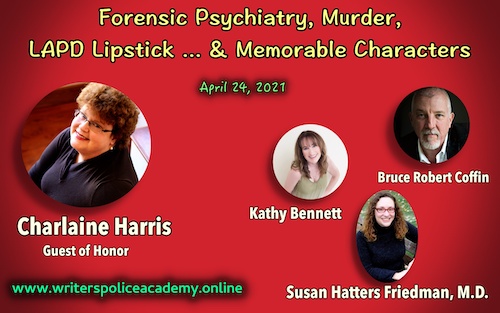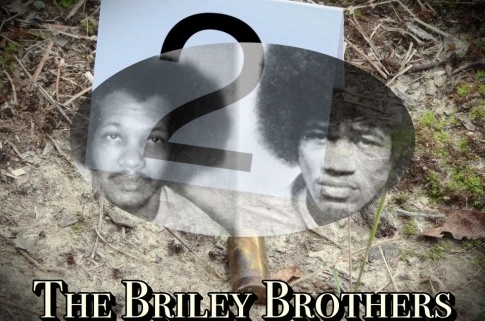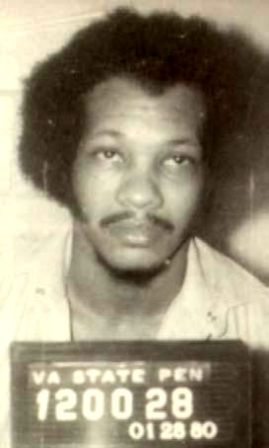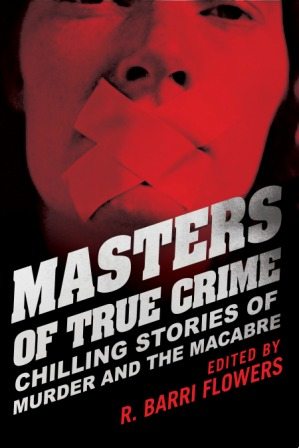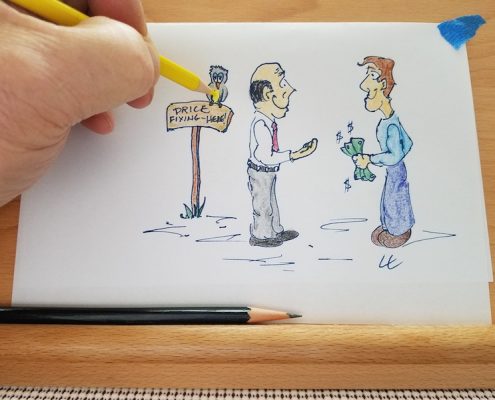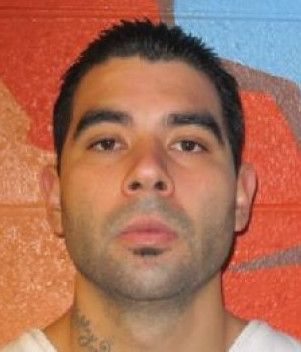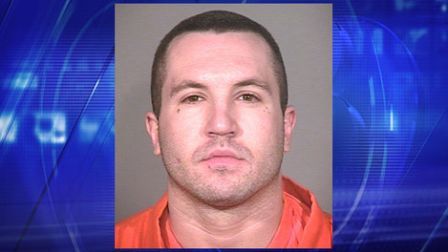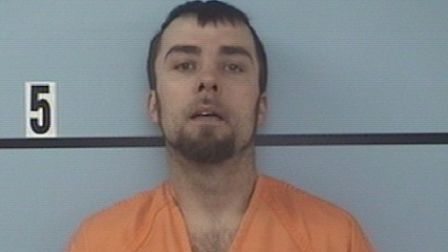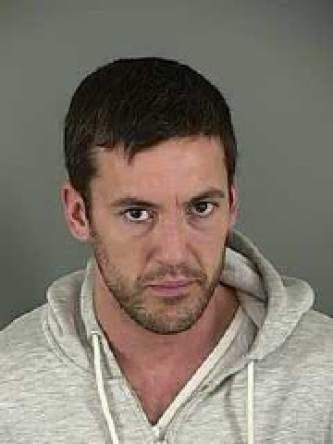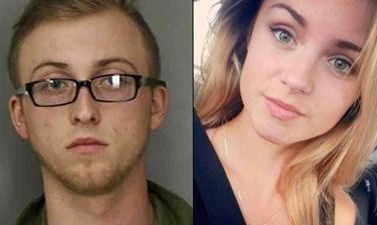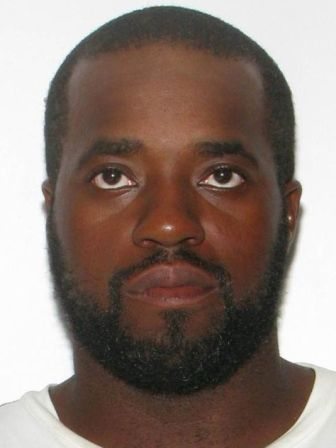Easter is nearly here and with its arrival I’m reminded of two horrific murder cases, one of which occurred on Easter Sunday. The other, nearly twenty years later in a house across the street from the first homicide scene.
I’ve visited both locations, and I’ve interviewed people directly involved with each case, including family members and friends of the victims and killers, law enforcement, investigators, media, prosecutors, defense attorneys, judges, court clerks, coroner, coroner’s investigators, chief of police, neighbors of both victims and killers, and I have copies of all official documents—crime scene(s) and other photos, statements, confessions, etc.—relating to both cases. With each person I met and after delving into the documentation and history of the offenders, the stories, personalities, and traits of the killers grew darker, depraved, and more deeply haunting.
As a former police detective who’s seen more than any one person’s fair share of gruesome deaths, I don’t think I’ve encountered two more cold-blooded, wicked, and barbaric murderers. Not to mention, two killers from the same block of the same street.
Hamilton, Ohio – Easter Sunday, March 30, 1975—probably sometime near the time of day you’re reading this article, James Ruppert was in the process of killing his entire family.
James was an excellent marksman so there was no better way to execute his mother, brother, sister-in-law, and each of their eight kids than to shoot them point blank, as if they were nothing more than a row of empty and discarded tin cans. And that’s precisely what he did, starting with his brother Leonard.
Next came Leonard’s wife, Alma, followed by James’ own mother, Charity. And, before either of the children could escape disaster, James shot and killed each of them, including four-year-old John, the youngest of the Ruppert brood.
Charity Ruppert, the family matriarch—her midsection a mangled mess, fell to the cold linoleum floor, dead. Her right hand rested above her right breast. The left stretched above her head, as if reaching for something just out of her grasp. Her slacks and dress shoes painted in blood spatter. Her eyeglasses lay beside her on the floor, tangled in her wavy hair. Mouth gaped open. The expression frozen on her face was one of surprise and disbelief. Her eyes stared blankly skyward.
The massacre lasted no more than five minutes.
Leonard Ruppert, his wife, Alma, and their children.
After slaying his family, James positioned his weapons throughout the house, staging the scene much as would a Realtor who carefully and meticulously places items in preparation of showing a house to potential clients.
Then, when he was satisfied that everything all was in order, James called the police and calmly stated, “There’s been a shooting.”
Ruppert crime scene photo – living room
Officer Bob Minor was the officer who responded to the call. Officer Terry Roberts would arrive a few moments later, as backup.

Ruppert home
Officer Minor, no stranger to gruesome homicide scenes, had never witnessed anything close to the carnage he saw inside the Ruppert House—the once neat-as-a-pin living room cluttered with the corpses of Charity Ruppert’s precious grandchildren, and a kitchen so full of dead bodies that Minor couldn’t make his way through without stepping on an arm, leg, or a torso. There was so much blood, Minor later told me, that it had begun to seep through the floorboards, dripping into the basement.
Ruppert crime scene photo – kitchen
James Ruppert was originally found guilty of eleven counts of 1st degree murder. However, on appeal, a three-judge panel found Ruppert guilty only of the murders of his mother and brother. They ruled him not guilty by reason of insanity for the nine other deaths.
Rupoert was sentenced to a minimum of 10 years to a maximum of a life for each conviction. The two sentences are to be served consecutively. He entered the Ohio state prison on July 30, 1982.
Ruppert has been denied parole at each hearing since his the day his incarceration began. His next parole hearing is scheduled for February, 2025, just shy of his 91st birthday.
James Ruppert inmate photo in 2015
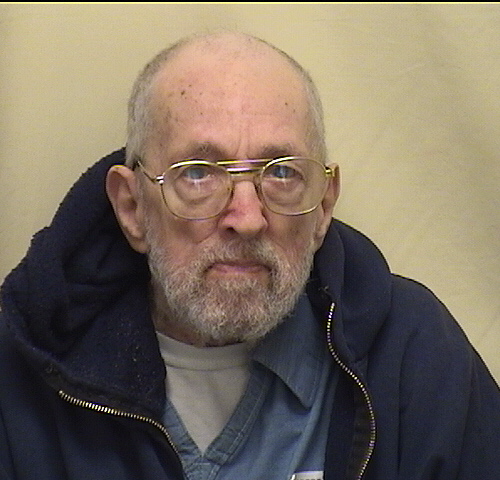
James Ruppert inmate photo in 2020
Hamilton, Ohio – June, 1996
Twenty years after the Ruppert murders, a second gruesome killing occurred in a two-story duplex across the street from the house at 635 Minor Avenue, the home where James killed his family.
It was at 622 Minor Avenue, in the upstairs apartment, where Timothy Bradford slashed the throat of his girlfriend, Tina Mott, killing her.
622 Minor Ave. I stood in the front yard of the Ruppert house to take this photo.
Bradford, in attempt to cover his tracks, slowly and methodically used 19 knives, a hacksaw, a meat cleaver, and a pair of pliers to dismember his girlfriend’s body. He later scattered most of her remains in a nearby field and lake.
Bathtub where Timothy Braford dismembered and skinned the body of his girlfriend, Tina Mott.
Two young boys found Tina’s skull while fishing.
Marks on the skull indicated the use of a serrated knife blade to scrape away flesh and tissue.
Tina Mott
Tina’s former next-door neighbors told me that after her death they’d occasionally seen her shadow pass by the windows in her apartment. Another neighbor firmly believed that Bradford consumed portions of Tina’s flesh after cooking it on a grill outside on the balcony.
The upstairs apartment where Tina lived and died burned in April 2020. The fire started on the balcony.
*Tina expressed on numerous occasions how spooky it was to live across the street from the Ruppert house, a place where people had been murdered.
Here’s part of Bradford’s confession to police.
Per a negotiated plea agreement, Timothy Bradford was convicted of voluntary manslaughter and abuse of a corpse.
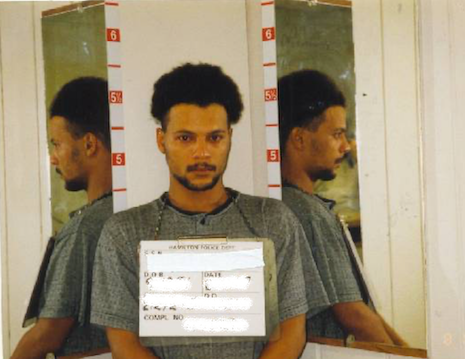
Bradford’s booking photo at the time of his arrest
He was sentenced to 12-25 years for his crimes—Voluntary Manslaughter, Misuse of Credit Cards (He used Tina’s credit card after he killed her), Theft, and Abuse of a Corpse. He entered Ohio’s state prison system on September 24, 1997, just over a year after he murdered Tina Mott. He, too, has been denied parole at each hearing, including the last in June of 2015.
Bradford is scheduled for mandatory release on December 6, 2023. He will have completed serving his full 25-year sentence at that time.
Timothy Bradford’s 2015 inmate photo.
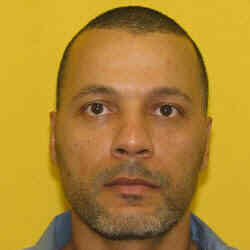
Timothy Bradford’s current inmate photo.
* * *
I wrote about each of these murders and the story, Murder on Minor Avenue, was published in the true crime anthology, Masters of True Crime, Chilling Stories of Murder and the Macabre.
Masters of True Crime is also available as an audio book.

To qualify for this amazing deal, you must register or already be registered to attend the 2022 Writers’ Police Academy. That’s step one. Step two – have a friend sign up to attend. It’s that easy! If your friend brings a friend then they, too, receive the same bonus opportunity.
 Of course, you and your friend must attend the Writers’ Police Academy event in June to receive the rebate and free seminar registration. There is no limit as to how many rebates you may receive. If you refer ten friends and they each attend the WPA, well, you’ll receive $50 for each one. Twenty friends equal a rebate of $1,000! And so on.
Of course, you and your friend must attend the Writers’ Police Academy event in June to receive the rebate and free seminar registration. There is no limit as to how many rebates you may receive. If you refer ten friends and they each attend the WPA, well, you’ll receive $50 for each one. Twenty friends equal a rebate of $1,000! And so on.
 Register to attend at the 2022 Writers’ Police Academy at www.writerspoliceacademy.com
Register to attend at the 2022 Writers’ Police Academy at www.writerspoliceacademy.comClick here to read about the 2022 WPA instructors and presenters.
About Dr. Katherine Ramsland
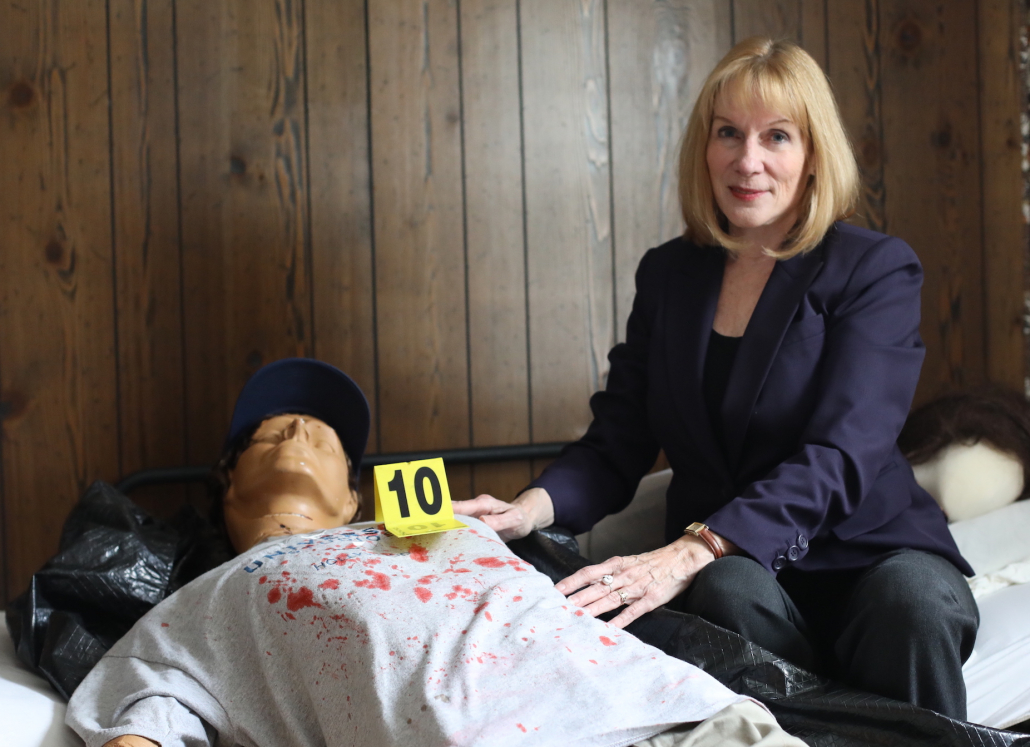
Dr. Katherine Ramsland
Dr. Katherine Ramsland teaches forensic psychology at DeSales University in Pennsylvania, where she is the Assistant Provost. She has appeared on more than 200 crime documentaries and magazine shows, is an executive producer of Murder House Flip, and has consulted for CSI, Bones, and The Alienist. The author of more than 1,500 articles and 69 books, including The Forensic Science of CSI, The Forensic Psychology of Criminal Minds, How to Catch a Killer, The Psychology of Death Investigations, and Confession of a Serial Killer: The Untold Story of Dennis Rader, The BTK Killer, she was co-executive producer for the Wolf Entertainment/A&E documentary based on the years she spent talking with Rader. Dr. Ramsland consults on death investigations, pens a blog for Psychology Today, and is writing a fiction series based on a female forensic psychologist.
Dr. Ramsland is a Special Guest Speaker at the 2022 Writers’ Police Academy, where she’ll present “Conversations with the B.T.K. Killer, Dennis Rader.” The class focuses on the immersive process of interviewing a serial killer, the challenges of the prison system for such work, and the experience of co-producing the documentary. After hundreds of hours spent inside the mind of this serial killer, the B.T.K. Killer, Dennis Rader, in the context of many other killers Dr. Ramsland studied, she offers multiple insights for crime and mystery writing.
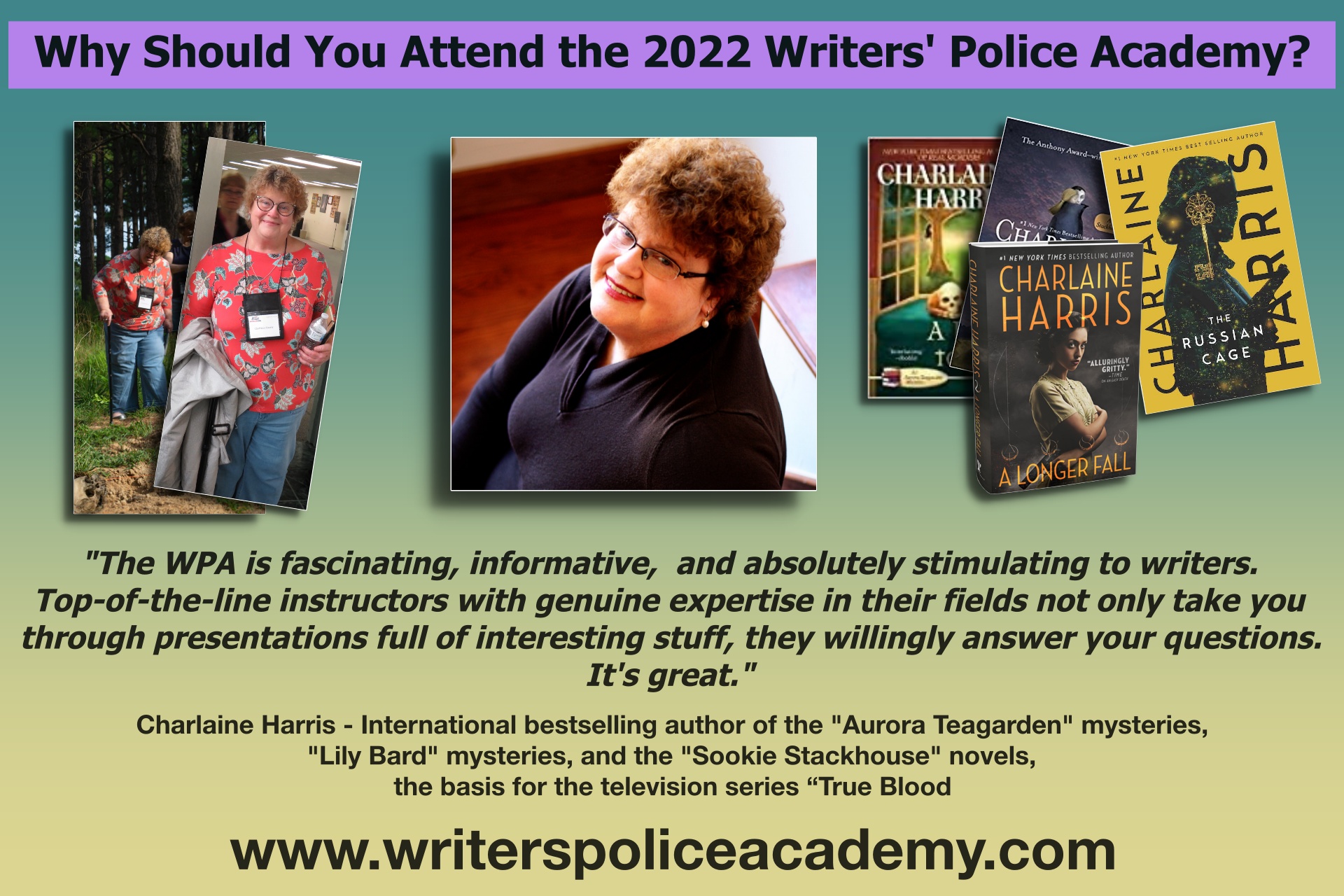
Sign up today!

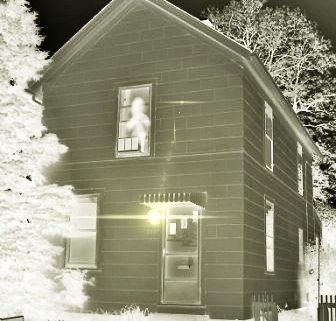
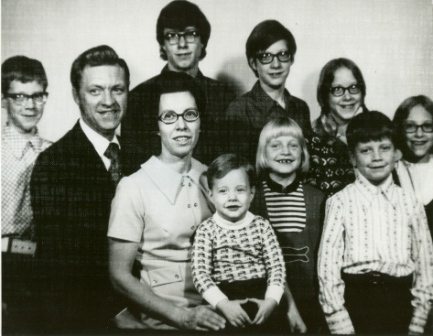
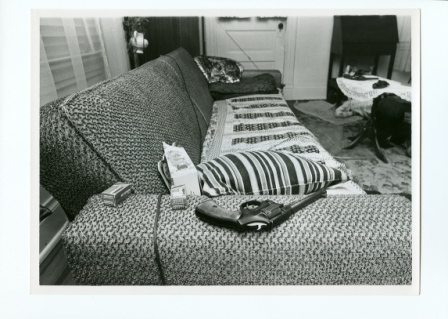
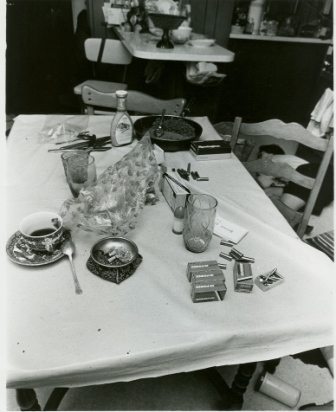
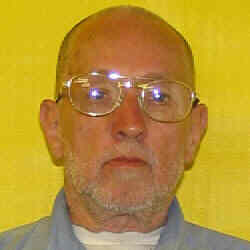




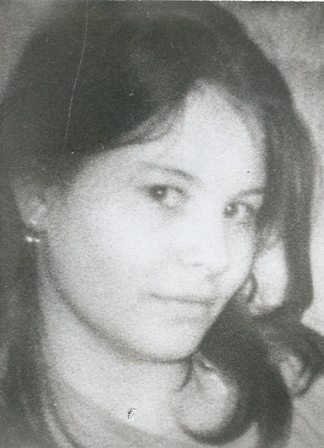
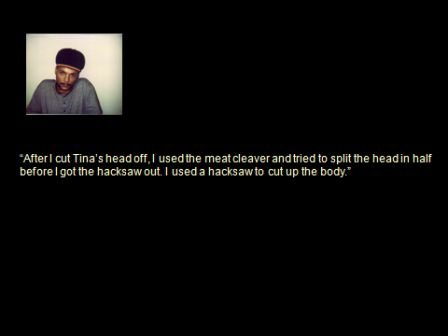
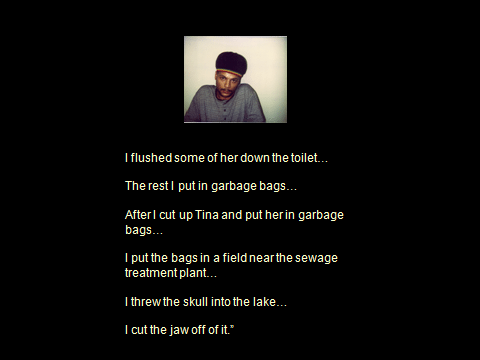
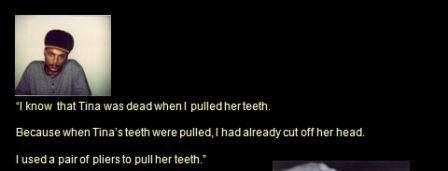
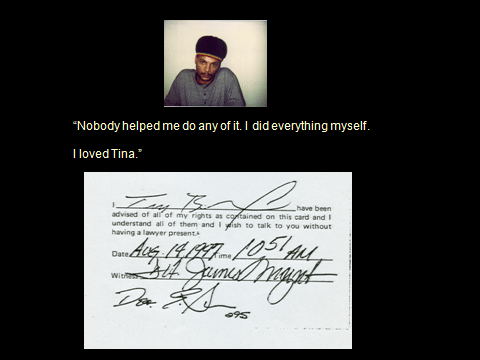
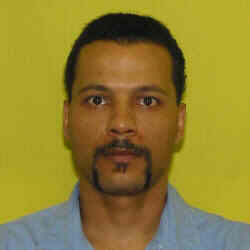
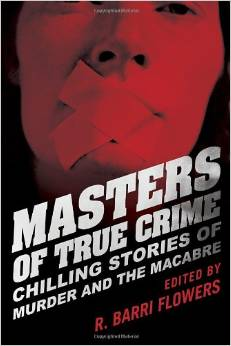
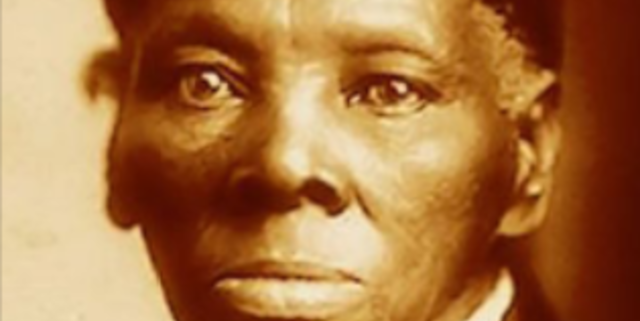

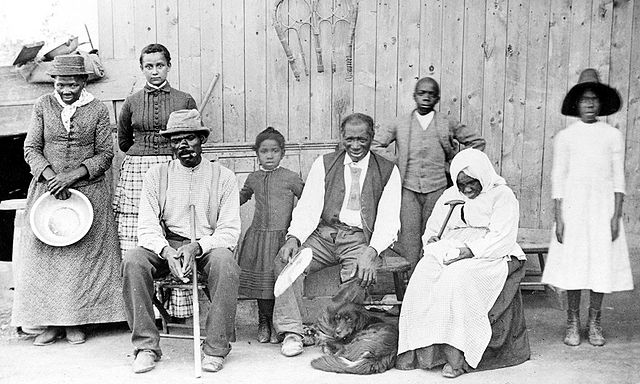



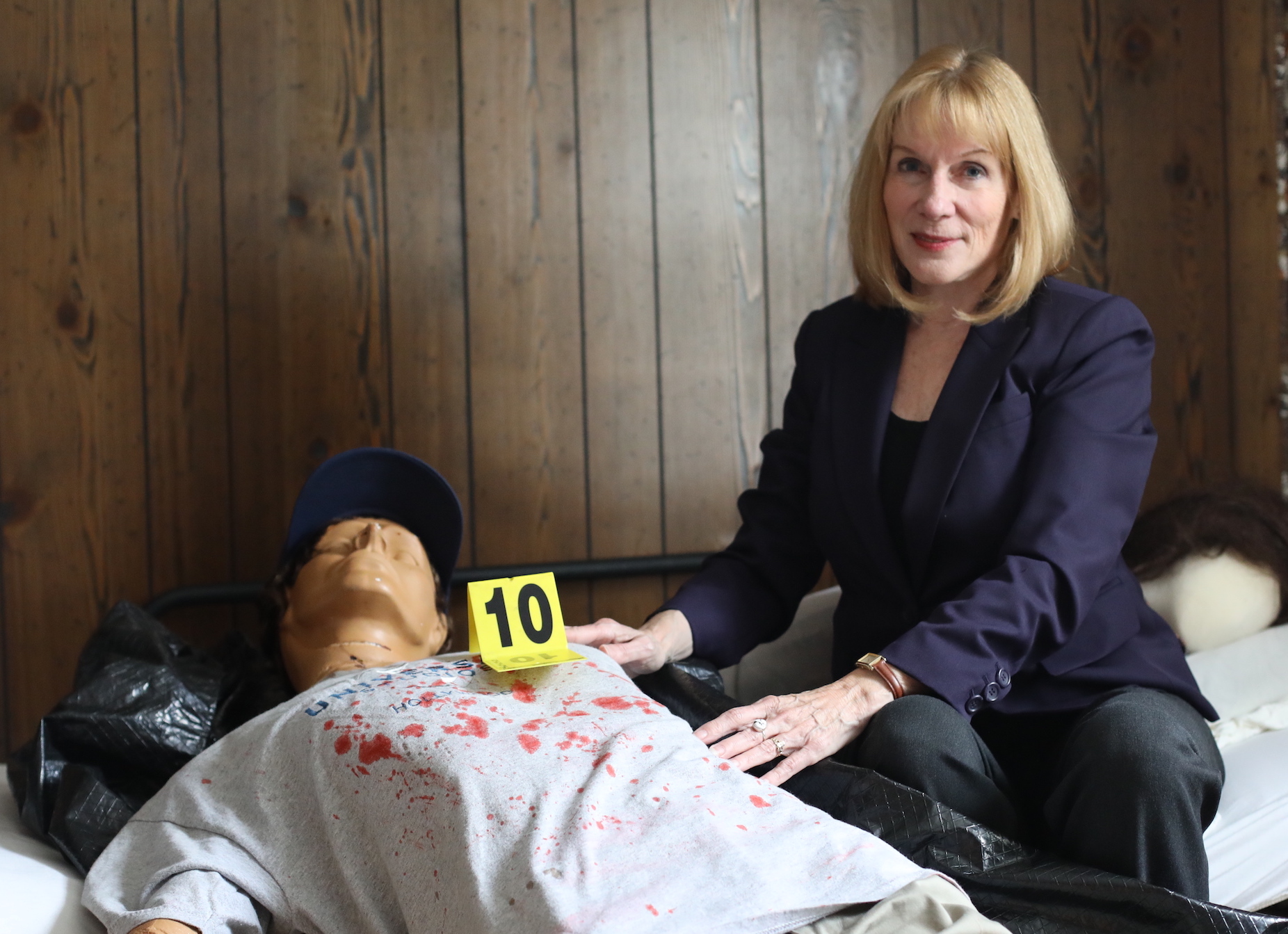
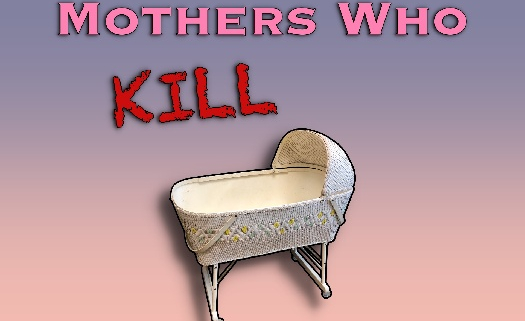

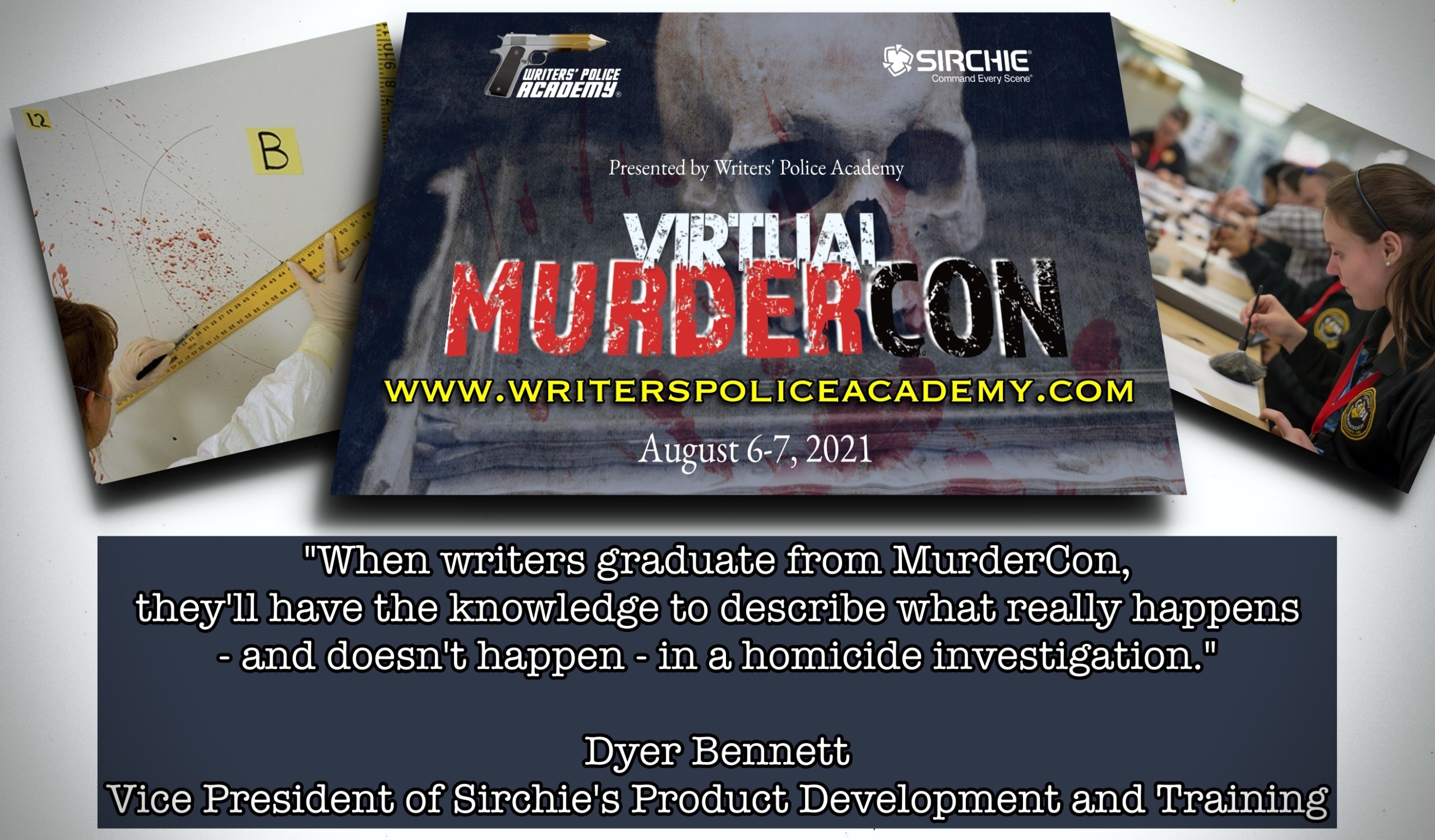
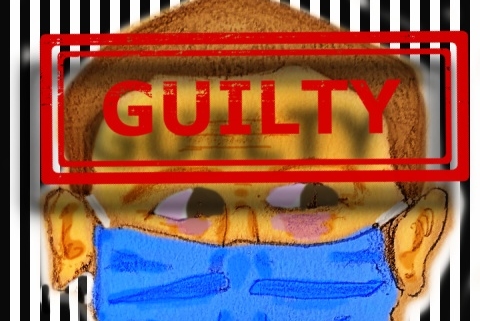


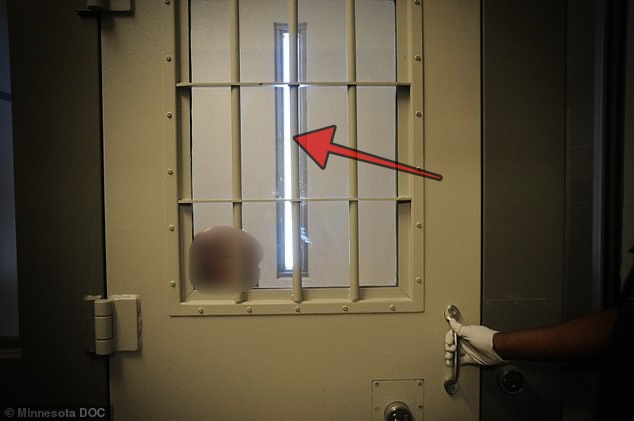
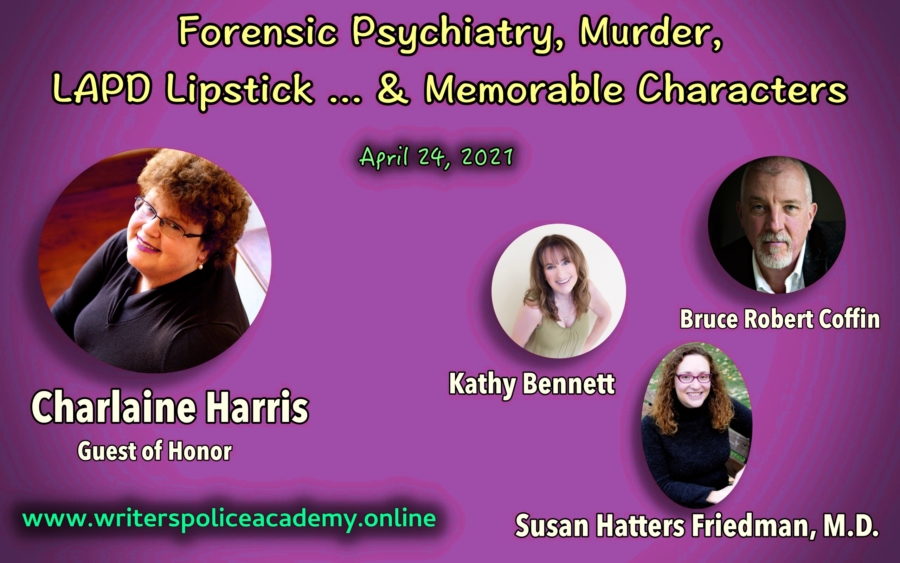
 Guest of Honor Charlaine Harris is a true daughter of the South. She was born in Mississippi and has lived in Tennessee, South Carolina, Arkansas, and Texas. After years of dabbling with poetry, plays, and essays, her career as a novelist began when her husband invited her to write full time. Her first book,
Guest of Honor Charlaine Harris is a true daughter of the South. She was born in Mississippi and has lived in Tennessee, South Carolina, Arkansas, and Texas. After years of dabbling with poetry, plays, and essays, her career as a novelist began when her husband invited her to write full time. Her first book,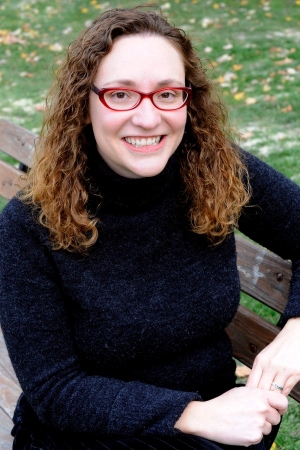 Susan Hatters Friedman, MD
Susan Hatters Friedman, MD Kathy Bennett worked for the LAPD for twenty-nine years. Eight years were spent as a civilian employee, and she served twenty-one years as a police officer. While most of her career was spent in a patrol car, Kathy also worked at the police academy as a firearms instructor, promoted to the position of a field training officer, then worked in the “War Room” as a crime analyst. She promoted again, this time to the position of Senior Lead Officer—where she was in charge of a basic car area within a geographic division. She’s done a few stints undercover and was honored to be named Officer of the Year in 1997.
Kathy Bennett worked for the LAPD for twenty-nine years. Eight years were spent as a civilian employee, and she served twenty-one years as a police officer. While most of her career was spent in a patrol car, Kathy also worked at the police academy as a firearms instructor, promoted to the position of a field training officer, then worked in the “War Room” as a crime analyst. She promoted again, this time to the position of Senior Lead Officer—where she was in charge of a basic car area within a geographic division. She’s done a few stints undercover and was honored to be named Officer of the Year in 1997. Bruce Robert Coffin is the award-winning author of the bestselling Detective Byron mystery series. A former detective sergeant with more than twenty-seven years in law enforcement, he supervised all homicide and violent crime investigations for Maine’s largest city. Following the terror attacks of September 11, 2001, Bruce spent four years investigating counter-terrorism cases for the FBI, earning the Director’s Award, the highest award a non-agent can receive.
Bruce Robert Coffin is the award-winning author of the bestselling Detective Byron mystery series. A former detective sergeant with more than twenty-seven years in law enforcement, he supervised all homicide and violent crime investigations for Maine’s largest city. Following the terror attacks of September 11, 2001, Bruce spent four years investigating counter-terrorism cases for the FBI, earning the Director’s Award, the highest award a non-agent can receive.